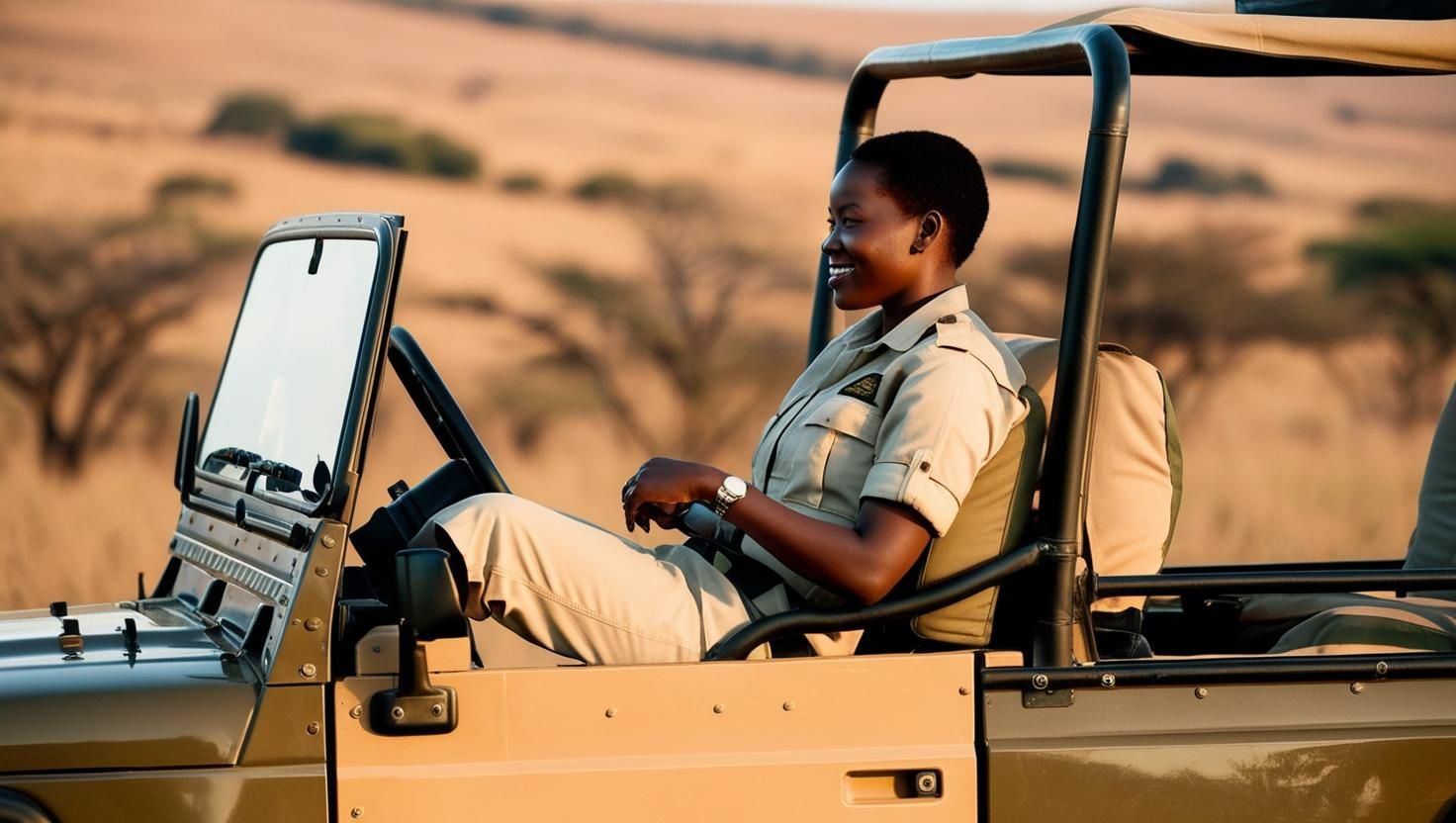Most of the wildlife reserves and national parks over world are found in Kenya and these are pretty unique. Safari holidays in Kenya are again a perfect way to spend the vacations, to get as close as possible with the legendary ‘The Big Five’, the lions, leopards, rhinos, elephants and Buffalos. Your safari can be great experience if you choose clothes that match the terrain and changes of weather. In this guide, we will enable you what to wear in Kenya during the safari.
Weather Conditions
The climate in Kenya is entirely different in various regions. The coastal areas are equatorial type, while those regions covering the central parts of the country, the north and the south are of temperate nature. The best time to visit Kenya for a safari is during the dry seasons: during June-July and October-November and during December-February. This is because the climate is drier, vegetation coverage is less, and so more of the animals are better seen against that.
Clothing Essentials
When planning what to pack when going on a Kenya safari, the most important items you pack should provide you comfort, functionality and ability to withstand the test of time. Your choice of clothing should be light coloured, loose fitting to favour air circulation, and should suit the many terrains and conditions likely to be encountered.
Shirts and Tops
Choose lightweight fabrics, that should be long-sleeved shirts and tops that are made using materials such as merino wool or synthetic. This material will enable you keep dry through your safari game drive and protective them from sunburn and insect stings. Another example of a casual outfit can be is a sleeveless shirt or a tank top fit for warm days.

Pants and Shorts
To protect oneself from insects and thorny bushes the way, pants should be long. Select versatile, easy-drying trousers of fabrics that wick moisture away from the body. A pair of roll-up pants is beneficial because the trousers can be unrolled into a short during summer periods. If you are going for shorts, go for the not so short part, with a pocket that you could put your item.
Layering
Blending and overlapping are considered essential in making the outfit for a safari. They make it easy to change with changing climate and provide convenience when its situations. Bring short sleeves or a thin vest to wear in the morning and evening and warm and waterproof and wind wear in case the weather becomes extreme.
Headwear and Accessories
To protect the face and neck from the sun, you should wear a wide-brimmed hat or a cap with a brim. Eyewear is also important for the Africa sun and dust that may irritate on the eyes. They could also be helpful for sun and dust protection, in the game drive vehicle during game drives.
Footwear
Apart from these clothing, it is important to have a strong and comfortable trekking shoe or sneakers with a good ankle support for your safari. They shall guard your feet against prickly vegetation, sharp rocky surfaces and terrains in that case. It is advisable to have sandals for the camp or lodge use but not appropriate for use while on game drives on your safari.
Swimwear
If you are visiting Kenyan coast, please ensure that you carry your swimwear along in case you need to take a dip in a swimming pool. Light and fabrics, which can dry very fast are ideal for this particular purpose.
Suits and Dresses
Before a dinner or in the evenings at the lodge, it will be useful to pack a light suit for a man and a dress or a skirt for a woman. Kenyans, however, are relatively modest about dressing up so make sure you cover your shoulders and knees.
Sleepwear
The preferred material is cotton or linen. Do not use fabrics such as silk or other synthetic material that will generate heat at night and make you uncomfortable.
Special Considerations
Colour Coordination
The main thing is to dress accordingly so that colours do not scare off animals that are adapted to the given territory. Warm colours like brown, green, soft shades or you can have clothes of safari such as khaki or olive green.
Fabric and Fit
Choose classic materials, for example, polyester, or any other material that is not heavy at all, as well as practically absorbent and quickly dry up. Don’t use cotton because it absorbs a lot of sweat and takes longer to dry. For the purpose of driving for long hours and for walks, wearing loose or rather free fitting clothes is advisable.
Protection Against Mosquitoes
Wear full-sleeved clothing and long trouser to minimize contact with the diseases causing mosquitoes. To avoid mosquito bites, use an insect repellent and mosquito net when you are sleeping.
Camouflage
Wear neutral coloured cloth that will not interfere with the natural setting. Do not wear anything white or brightly colored or anything that could possibly shine such as silver or gold; instead, wear colours in the earthy tones.
When choosing what to wear in your Kenya safari, it is essential that you make the right choices for the comfort of your whole tour. From this, you will learn all that you need to know about the weather in the various regions of Kenya as well as tips on how to prepare and dress appropriately for the fabulous safari terrains that Kenya has to offer. You can wear comfortable, flexible and multipurpose clothing and it is comfortable for most.

